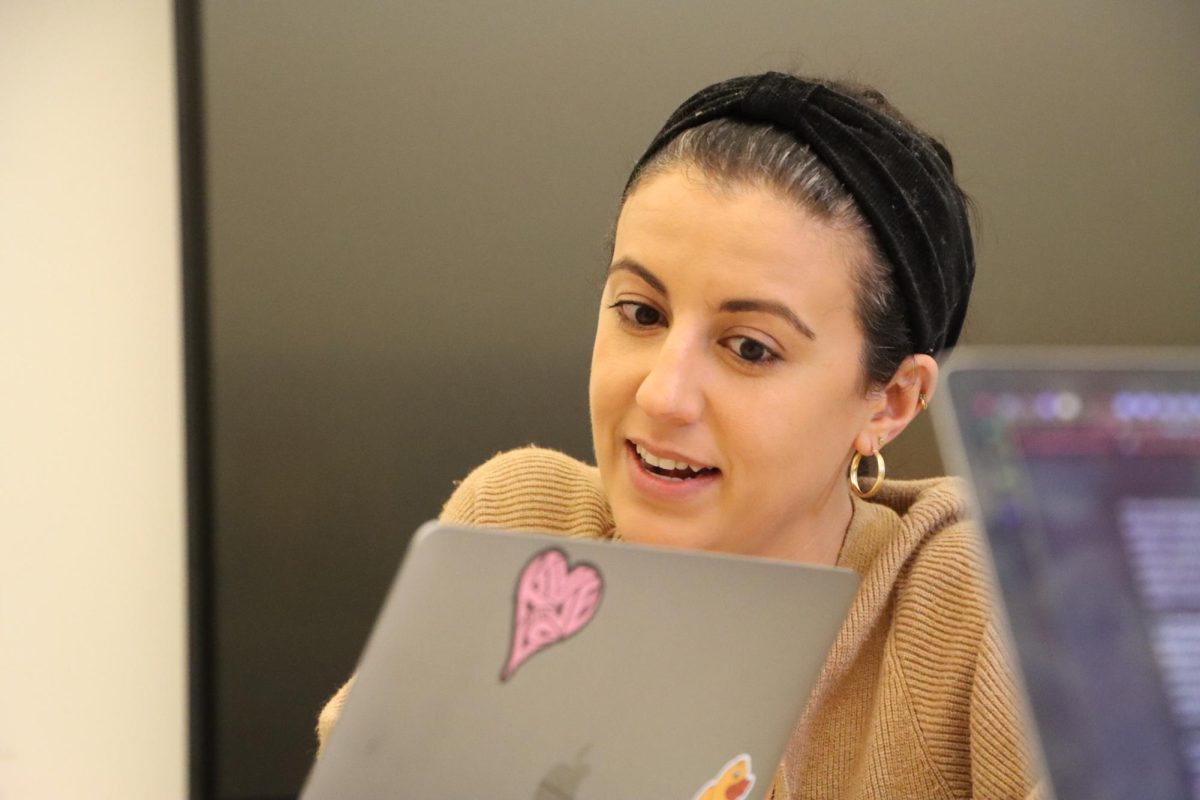Learn more about Tesla’s autopilot feature, 3D printed cavity fighting teeth, hacked email accounts, and new regulations on drones by reading this article. Creative Commons image from Martino Castelli.
Lauren Yang | News Editor

1. Tesla introduces autopilot
Tesla has had a big month. After announcing its new Model X 3weeks ago, the company recently released the autopilot feature in its cars. The autopilot software utilizes machine learning to improve its abilities. Essentially, this means that when one car collects data that improves the autopilot performance, every other car will “learn” from this data. In addition to machine learning, the program feeds off sensor data collected by Tesla, and data from maps. Read more here.

2. 3D printed teeth prevent cavities
Ever had a cavity? Researchers who developed 3D printed teeth say those may soon be a thing of the past. By using a special salt as resin, the 3D printed teeth are able to kill bacteria upon contact. Although these teeth won’t be a replacement for brushing teeth, its creators hope it will greatly reduce the chances of getting a cavity. Read more here.

3. An apple photo a day keeps the doctor away
NASA announced a new initiative that plans on releasing at least 12 new photos of Earth every day. The photos are taken by Earth Polychromatic Imaging Camera (EPIC) on the Deep Space Climate Observatory (DSCOVR). DSCOVR will also monitor both Earth’s and space’s climate for scientific purposes. This is not the first time NASA has released stunning photos from space, as many subjects, like Pluto’s moons, have been photographed before. The photos, updated daily, can be found here.

4. CIA Director’s email hacked by a teen (yes, you read that correctly)
A hacker who anonymously contacted the New York Post revealed how he or she hacked into CIA director Jack Brenner’s personal AOL. The hacker identified him or herself as under twenty years old. After posing as a Verizon employee, the hacker obtained the last 4 digits of Brenner’s credit card, which ultimately allowed him or her to log into the AOL account by answering the security questions. These hacks have suggested that the security of both AOL, Verizon, and other organizations need to be improved. Read more here.

5. Drone registration
The US Government announced a new ruling stating that unmanned aerial vehicles (UAV) are required to register with the government before taking flight. This new requirement is aimed toward promoting safer skies, especially in light of recent conflicts like one where a drone company was charged with largest civil penalty fine ever. Experts hope that these regulations will ensure that zoned airspace, like those in airports, will be void of undeclared UAVs. Read more here.








